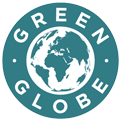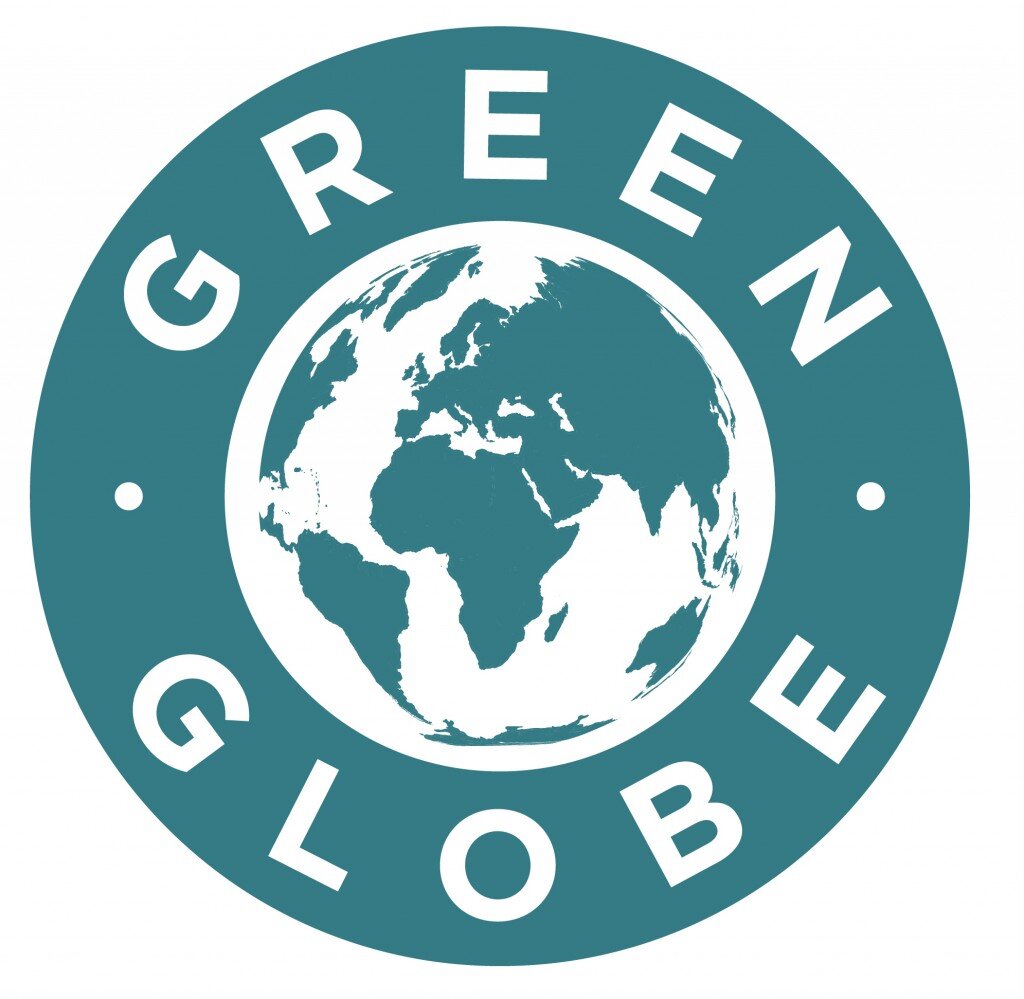New Sustainable Event-Tech at DBU Center for Environmental Communication
When planning the renewal of event technology at the DBU Center for Environmental Communication, a key consideration was sustainability and the adoption of new digital technology that would meet key United Nations' Sustainable Development Goals
The Center for Environmental Communication is an event center with 199 seats in row seating with generous, additional exhibition and catering areas. The installation of the new technology can now show how well-thought-out digitization can make a significant contribution to greater sustainability, through energy saving and simplified usability bringing greater accessibility to both event staff and participants.
“The DBU Center for Environmental Communication has used the Corona crisis to sustainably design and modernize its event technology. Key points include the new energy-saving LED wall, the sophisticated self-service technology of the system and the integrated streaming function at the push of a button,” says Markus Große Ophoff
The DBU Center for Environmental Communication’s previous technology was around 20 years old and becoming difficult to procure spare parts for, with the old analog interfaces from 2000 now barely supported.
Planning began in 2018, and implementation took place in the summer of 2020. The vision was to install future-oriented event technology that met the following objectives:
• All components should meet the highest sustainability requirements.
• The technology should be designed so it can be used sustainably for many years.
• Operation should be largely possible by the users themselves (without an event technician).
• Exhibition areas should be integrated into the concept.
• Interfaces for hybrid and online events should be firmly integrated and easy to use.
• Video recording and streaming of events should be easily enabled.
The most striking element of the new event technology is a high-resolution (2.6mm pixel pitch) LED wall measuring 6.50 m x 3.50 m in the large hall. This has a resolution of 2496 x 1344 pixels. This LED technology is particularly energy efficient, and the LED wall offers significantly increased contrast simply because of the black background.
The DBU Center for Environmental Communication utilizes daylight for illumination via a transparent ceiling. Previously, this transparent ceiling had to be darkened so that the data projector image remained visible. To have enough light over the seating, the ceiling lighting was often switched on at the same time. This is now mostly superfluous, as the LED wall is brighter and has a higher contrast than the previous 20,000 ansi-lumen data projector. In addition, the LED wall consumes minimal power when it is dark during breaks or setup. The previous data projector, on the other hand, consumed the full amount of electricity as soon as it was turned on.
The new media technology's signal processing of sound and image is now completely digital. This means that significantly fewer cables are needed. Where sound and various video cables were necessary in the past, now normal network cabling is sufficient. The floor tanks are now also much tidier.
The media technic with light and sound is operated via touch-screen panels. There, central lighting scenes are pre-programmed and easy to select. The microphones are all levelled to an optimum volume. Here, too, they can be readjusted via touch panel, while the programming prevents feedback. Altogether, this well-thought-out user interface allows the system to be operated largely by the users themselves.
A sufficient number of digital radio microphones (9 hand-held microphones and 3 headsets, which can also be used as desktop microphone units after a quick modification) have been installed. Wired microphones are now only permanently installed in the lectern. The mobile microphones are equipped with energy and resource saving rechargeable batteries. Thanks to the new digital technology, the devices can now be used across a variety room configurations.
Energy-saving laser data projectors have been installed in the three partial rooms into which the large hall can be divided. These can now be controlled universally (i.e. also in hall mode) regardless of the room configuration. In the large hall, four image sources can be used simultaneously.
Interfaces to large monitors in the foyer have been installed. This makes it possible to transmit sound and images at the same time, for example, from a conference being held in the hall to an exhibition being held outside. Interfaces for recording the audio signal have also been installed. This offers optimized possibilities for sound recording, for example for press representatives or online streaming with freely positioned cameras. Eight easily accessible XLR interfaces have been installed for this purpose.
In addition, a mobile streaming box with cameras, cables, microphones and computers was purchased, which makes it possible to stream several cameras via editing and to insert lower thirds captions or subtitles. This box can be used to broadcast events online at the DBU Center for Environmental Communication as well as at other locations.
Two fixed cameras are installed in the hall. On the one hand, these offer the possibility of recording speakers on the screen, and on the other hand, they are equipped with streaming interfaces linked to YouTube and Facebook, which can be activated at the push of a button. Also implemented is a permanently installed recording technology for events in the hall in MP4 format. Here, either the live image with micro sound or the original image signal of the LED screen (usually a PowerPoint presentation) with microphone sound from the hall can be recorded. The LED screen enables picture-in-picture technology in the hall mode: for example, slides and external or live speakers can be displayed simultaneously on the screen.
Line arrays are installed as loudspeakers in the hall, the sub-rooms and in the foyer, which ensure uniform sound for across the rooms while at the same time consuming few resources.
Contacts:
Prof. Dr. Markus Große Ophoff
Fachlicher Leiter und Prokurist DBU Zentrum für Umweltkommunikation
DBU Zentrum für
Umweltkommunikation
An der Bornau 2
49090 Osnabrück
Tel.: +49 541 9633-901
Fax: +49 541 9633-990
m.grosse-ophoff@dbu.de
www.dbu.de
Bradley Cox
Director Communications
Green Globe Certification
1223 Wilshire Blvd. Suite 925
Santa Monica, CA 90403 / U.S.A.
Tel.: +1-310-337-3000 ext. 105
Skype Direct +1 760 536 6581
Mobile +61 400 848 746
bcox@greenglobe.com
www.greenglobe.com
About Green Globe Certification
Green Globe is the worldwide sustainability system based on internationally accepted criteria for sustainable operation and management of travel and tourism businesses. Operating under a worldwide license, Green Globe is based in California, USA and is represented in over 83 countries. Green Globe is an Affiliate Member of the United Nations World Tourism Organization (UNWTO). For information, please visit www.greenglobe.com



